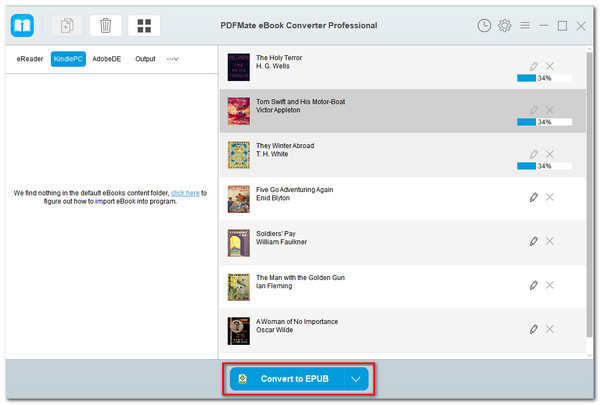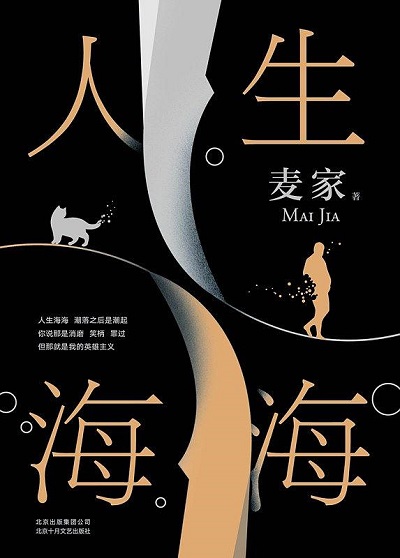

This is because not every eReader supports all eBook formats.įor example, an ePUB format can be read on any device, except Kindle. The digital publishing process usually begins with an eBook conversion tool, because digital books come in various file formats.Īnd before you publish, you have to decide the format you want your final eBook to be available in. However, modern-day digital publishing tools have cut the long list of processes involved in publishing into half, saving time and money for the publisher. It has an advantage over TXT because of its ability to retain special characters and its support for reflowing and text formatting.A typical book publisher has to go through various stages of the publishing cycle before the book reaches the reader. The Rich Text Format is compatible with every e-reader on the market. In 2011, Microsoft discontinued the LIT format. When DRM-enabled, the books were only readable on the Microsoft Reader app. LIT was Microsoft's proprietary ebook format. Note: You can reduce the size of a PDF with a few compression tricks. It boasts a compression that's approximately 10 times better than PDF it can store more than 100 black and white scans in less than a megabyte. DJVUĭJVU is popular in the scientific community. It also heavily used as a storage format due to the ease with which it can be converted into other formats. It is common among ebook collectors thanks to its ability to store metadata within the ebook file itself. The XML-based FB2 started life in Russia. Regardless, Sony has abandoned all three formats in favor of EPUB. LRS is now open standard, but LRF and LRX remain closed. If you have a book in the EPUB format that you want to read on your Kindle, you can convert ebooks into a different format using Calibre.


Almost all mainstream e-readers and computer operating systems support the format, but publishers can also wrap it in any DRM system of their choosing (although you can remove the DRM on any ebook you own).Īnd the downside? Amazon Kindle devices cannot read it (except for the Kindle Fire tablet). In many ways, it's the ebook equivalent of the trusty MP3-both in a good and bad way. Although not often seen, it can even support color images, SVG graphics, interactive elements, and full videos.

Initially developed by the International Digital Publishing Forum (which is now part of the World Wide Web Consortium), it superseded the old Open ebook format (OEB) in 2007.īecause EPUB is free to use, open standard, and vendor-independent, it has grown to become the most common ebook format. EPUBĮPUB is the most widely adopted ebook file format. In this article, we look at some of the most common formats, explain their pros and cons, and tell you which readers support them.


 0 kommentar(er)
0 kommentar(er)
